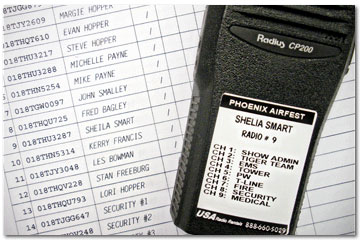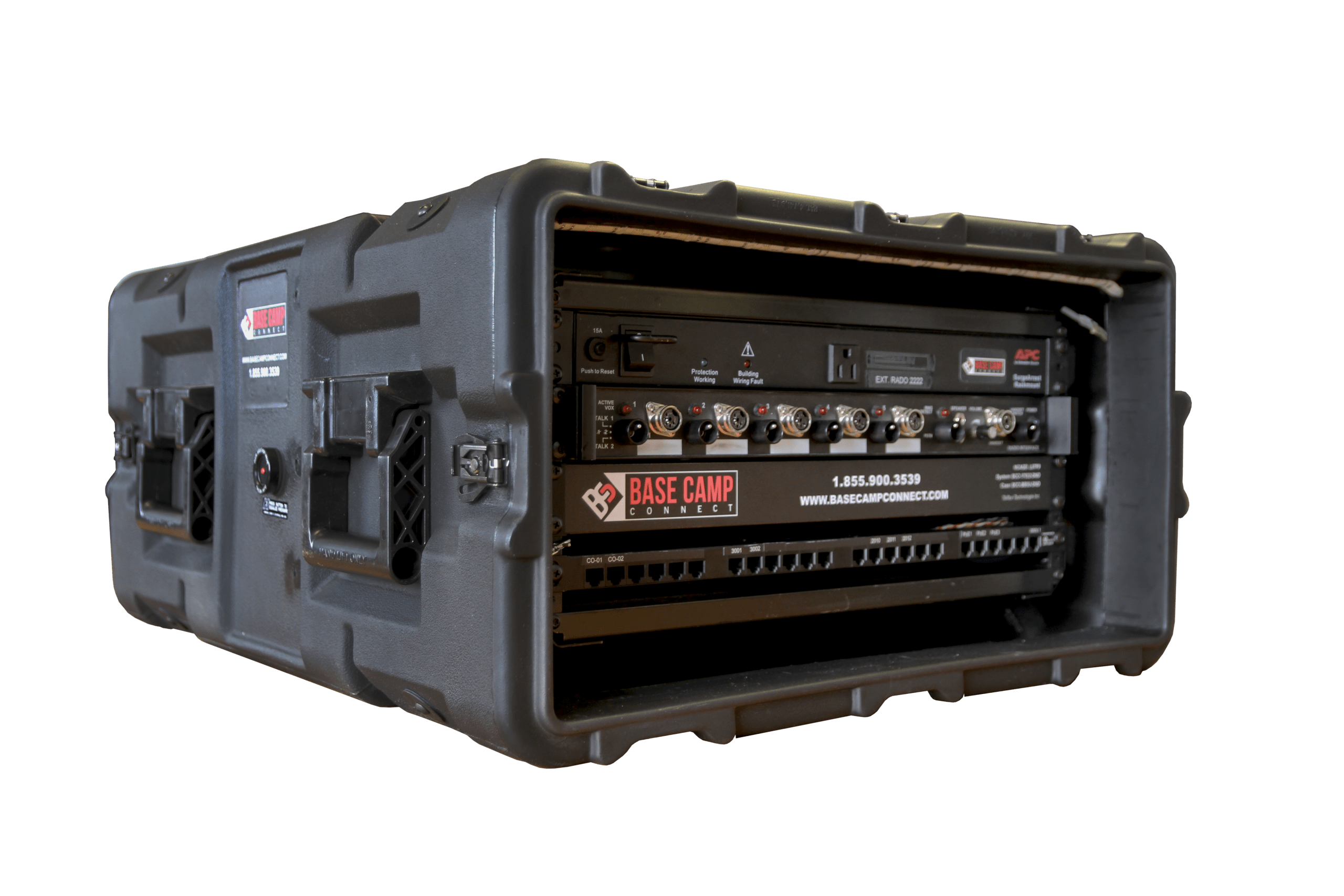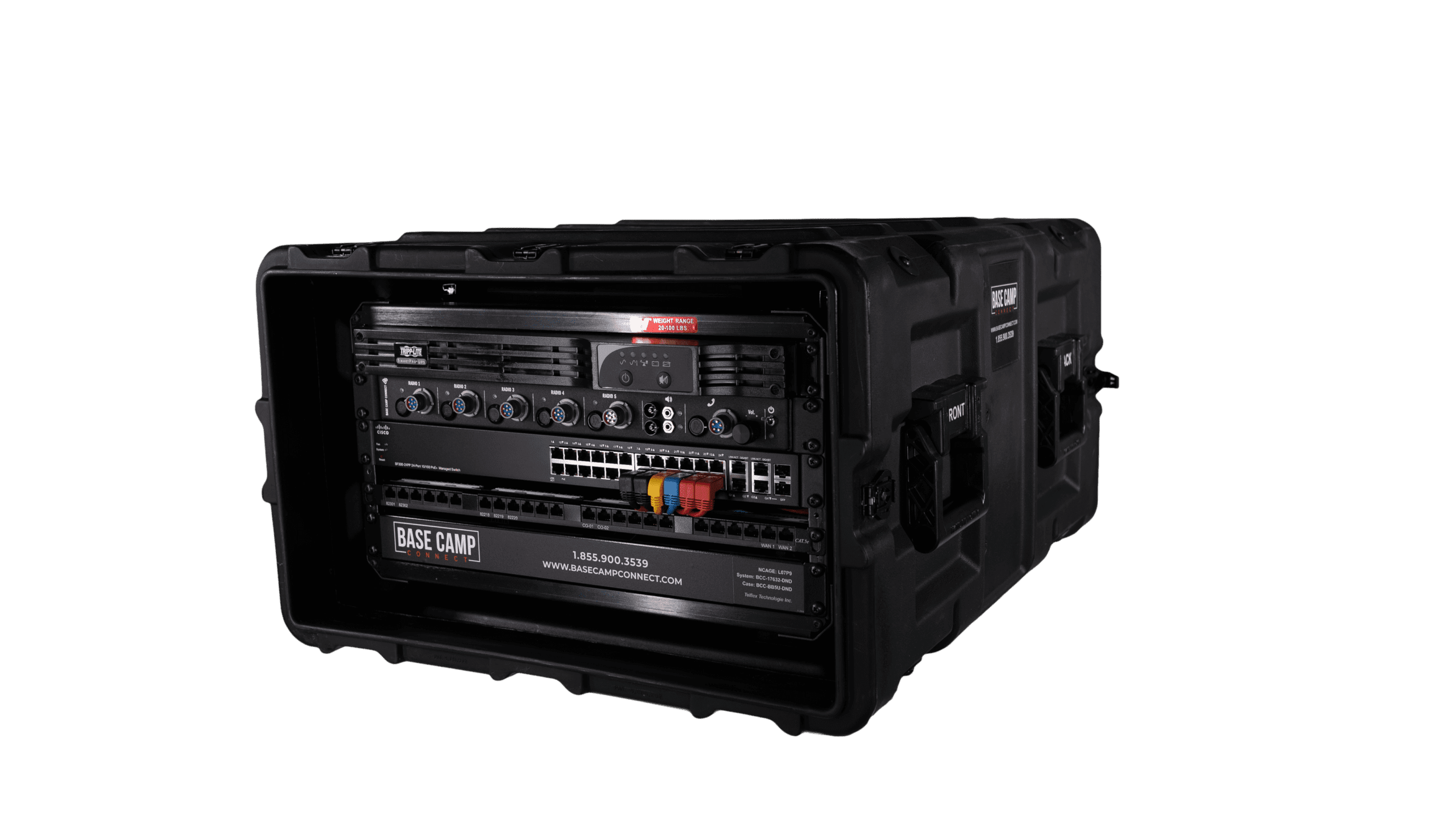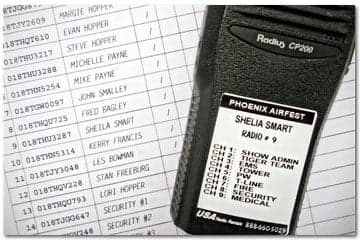Like with all things in life, there is a beginning and an end; this is as much true for the life of a radio. It does not matter the size or the cost, all radios are individuals and must be treated as such. I know this sounds strange, but if you don’t think of them like this, then you will find yourself getting in trouble for having missing or unaccounted items. I am not going to sit here and tell you what methods you will need to achieve this goal but you can use a simple Excel spreadsheet or a fancy bar coding system, the important is to use something.
1- Acquisition process
Let’s start with the planning of the acquisition process. You need to design the specifications (you can read a couple of the other blogs on this topic here). Once you have figured out what you want, you need to put it out to bid. WARNING: as your purchasing agent will tell you, there are very specific rules to follow as to not get you or your agency in trouble. Your bid must be written to allow “Full and Open Competition”. Here are some situations that restrict competition:
- Unreasonable requirements on vendors to qualify to do business
- Pre-qualified lists should not limit competition
- Requiring unnecessary experience or excessive bonding
- Non-competitive pricing practices
- Non-competitive awards to consultants on retainer
- Organizational conflicts of interest
- Specifying a brand name
- In-state or local preferences
You must be alert to organizational conflicts of interest and non-competitive practices that may restrict, eliminate competition or restrain trade. You should also have written policies and procedures regarding conflicts of interest. A conflict of interest arises when any of the followings has a financial or other interest in the firm selected for award:
- Employee, officer or agent
- Any member of that person’s immediate family
- That person’s partner
- An organization which employs, or is about to employ, any of the above or has a financial interest in the firm selected for award.
Make sure that all your officers, employees, agents of the recipient shall neither solicit nor accept gratuities, favors, or anything of monetary value from contractors or parties to sub agreements.
2- Inventory Management
Inventory Management is a necessary evil especially when you are dealing with grant money and the granting agency pays you a visit and wants to see those nice new radios that you purchased with their money. Equipment property records can be designed by groupings, portable radios, vehicle radios, fixed location radios like the EOC or ECC. The listing should include a description, serial number or other ID, title info, acquisition date, cost, percent of Federal participation, location, use and condition, and ultimate disposition. A physical inventory should be made at least every two years but some agency regulations may require it annually.

3- End of life
When your equipment comes to the end of its useful life, it doesn’t mean it can’t be used by another agency with less vital needs. For example, old police portables can be passed down to the DPW department to be used on snow plows. When the equipment is no longer needed, you must follow disposition rules:
- Accurate records maintained on all acquisitions and dispositions of property acquired with Federal awards.
- Property tags are placed on equipment.
- A physical inventory of equipment is periodically taken and compared to property records.
- Property records contain all required information.
- Procedures established to ensure that the Federal awarding agency is appropriately reimbursed for dispositions of property acquired with Federal awards.
- Policies and procedures in place for responsibilities of recordkeeping and authorities for disposition.
If you want to know when is the best time to upgrade your public safety technologies, click here.
Each agency shall maintain a current fixed asset record of equipment having an original cost of $500 or more and a useful life of greater than one year. Inventory items purchased with Federal grant funds are subject to compliance with applicable provisions governing the U.S. Department of Homeland Security’s access to records, accounts, documents, information, facilities and staff. An agency Director is responsible and accountable for the custody and safekeeping of all property assigned to, purchased or otherwise acquired by the agency and shall serve or appoint an employee(s) of the agency with the responsibility of maintaining the agency’s inventory records and annual physical inventory. All property valued at $200 or more shall be recorded as a line item and assigned a property identification tag. The Grants Director will maintain current records of physical properties and equipment and make appropriate additions and deletions to inventory records as property is acquired or disposed. This record shall include property identification tag number, equipment type, make, model number, serial number, location, employee assignment, date of acquisition and cost. Cost includes freight, installation, auxiliary charges, less any discount taken shall be used if purchase price is known. Appraised value, indexed back to acquisition date, shall be used if the purchase price is unknown. The grant that paid for the property shall also be listed. Property that has reached the end of its useful life will be designated as surplus property and noted as such on the inventory record with the date of disposal and value at disposal.
I would recommend that you use the Internal Revenue Service Publication 946 as a guideline for the useful life of property. Once equipment is ready for surplus, you should prepare a spreadsheet including the property identification tag number, equipment type, make, model number, serial number and any other identifying information for equipment. This spreadsheet will be verified, signed and dated by the employee who assumes control of the property. All equipment purchased using Federal grant funds shall be identified with a tag affixed to the property which states ‘Purchased with funds provided by the U.S. Department of Homeland Security.’
Take the time and do it right, make sure you are following all the rules when purchasing, using and retiring radios. If you are not sure, ask the grant specialist from the granting agency for guidance.














